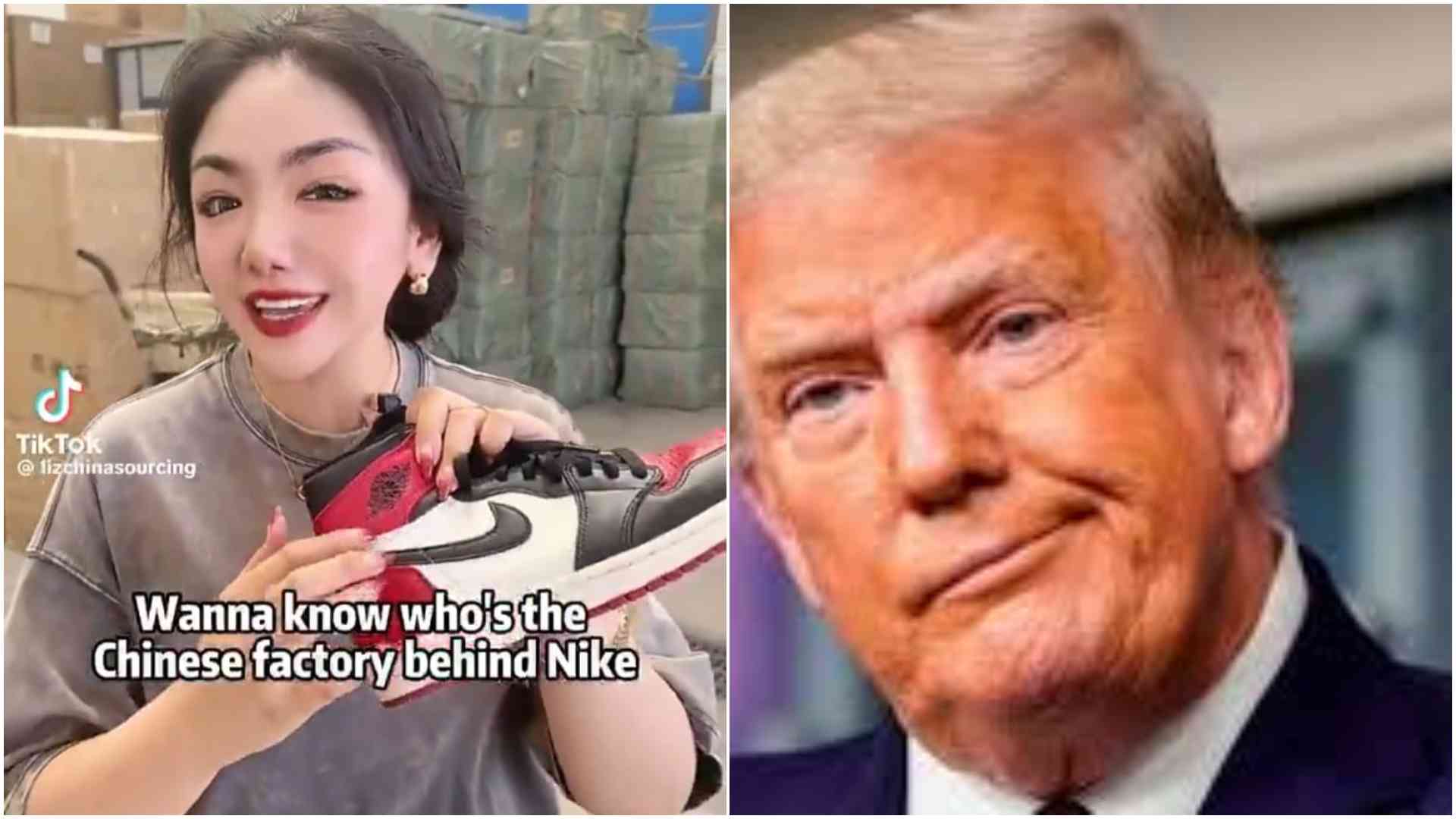The internet is currently buzzing, largely due to a surge of TikTok videos revealing some of the fashion industry’s best-kept secrets. Suppliers from China—those responsible for producing your beloved luxury goods—are exposing prominent European and American brands for what they allege is a long-standing deception: inflating prices for items manufactured in China.
These original equipment manufacturers (OEMs), who’ve long been the silent force behind big names like Lululemon and Zara, are now stepping out of the shadows. And instead of quietly selling to Western corporations, many are cutting out the middlemen and going straight to U.S. consumers via TikTok. Their message? You’re paying for a logo—nothing more.
One viral claim: over 80 per cent of luxury goods, with their eye-watering price tags, are produced in China, then simply branded and boxed in the West. Now these same manufacturers are marketing their own products directly to viewers—sometimes even showing side-by-side comparisons—and people are listening.
But this isn’t just about exposing luxury markups. It’s also about how Chinese businesses are flipping the script in the face of rising trade tensions. When former President Trump slapped steep tariffs on Chinese imports, many companies didn’t flinch. They got creative.
Thanks to a little-known U.S. trade rule called the “de minimis” exemption, these companies are sending products straight to American doorsteps—one package at a time. As long as each shipment is under $800 (Sh103,547), it enters the U.S. duty-free. No tariffs, no taxes, just direct-to-consumer deals that bypass the traditional retail system entirely.
E-commerce giants like Shein and Temu have mastered this game, and they’re not alone. While governments hash out trade policies, Chinese suppliers are out here going viral, turning TikTok into a global marketplace.
And if that wasn’t surreal enough, AI-generated videos are now popping up showing “American factory workers” looking gloomy and overworked—fueling the narrative that the U.S. manufacturing sector is falling behind while China surges ahead.
